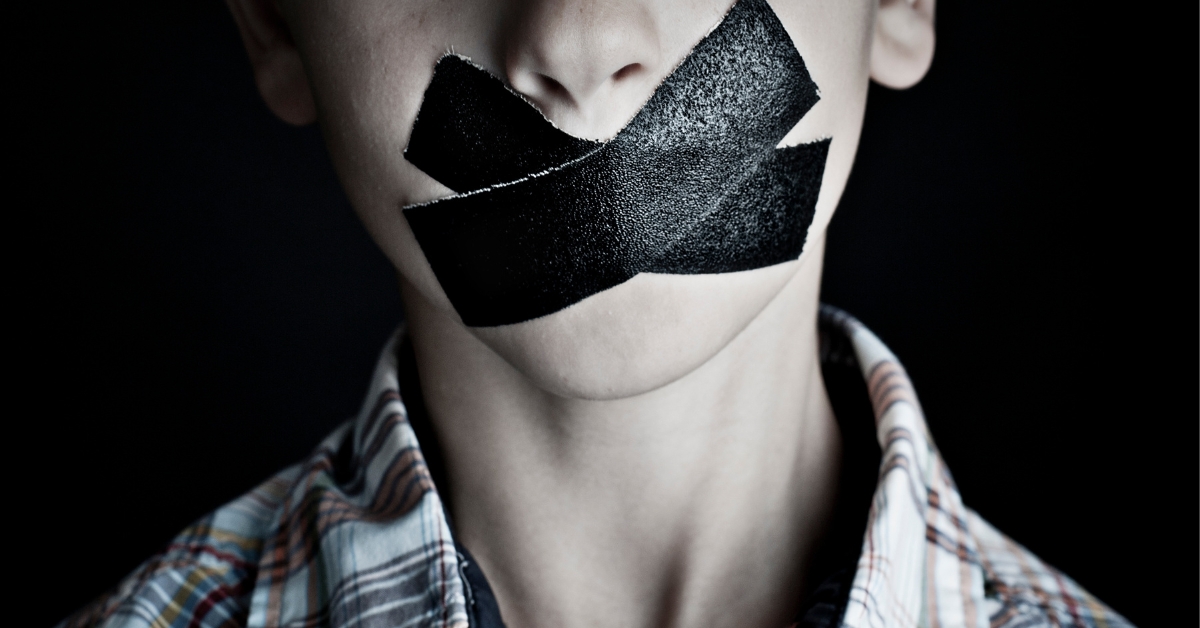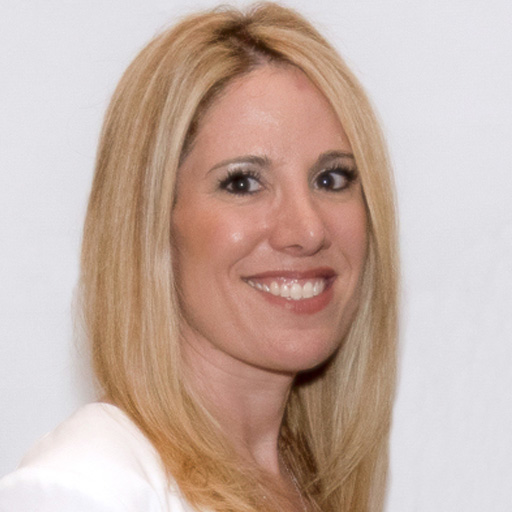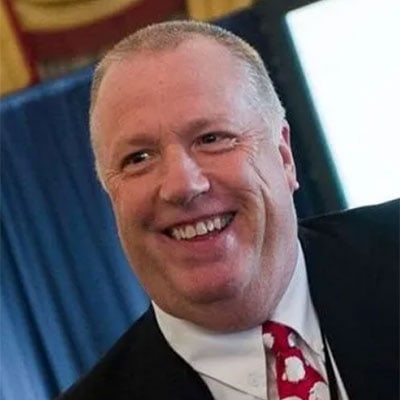
Boy Scouts Rebranding to Be Gender Inclusive
The Boy Scouts of America, an iconic bastion of tradition, announced they’ll be tossing their century-old title for “Scouting America” to attract more girls—a decision that will take effect on their 115th anniversary in 2025. This isn’t the first time they’ve bowed to the winds of political correctness; they began admitting girls in 2018, sparking widespread debate about the value and impact of single-gender environments which studies and educators have long supported.
Roger A. Krone, BSA President and CEO, claims this change is a “straightforward evolution,” aimed at making all American youth feel welcome. However, to many conservatives, this rebranding represents yet another capitulation to the relentless push for inclusivity at the expense of tradition and the distinct experiences that the Boy Scouts once provided.
This shift has stirred controversy, not just among traditionalists but also sparked a legal battle with the Girl Scouts, who argued they were entitled to exclusive use of the term “scout” for girl-centric leadership programs. However, the courts sided with BSA, stating that their use of “scout” did not infringe on the Girl Scouts’ trademark. The Girl Scouts organization expressed disappointment, citing the benefits of a single-gender environment as being well-documented and critical for development.
Despite the backlash, BSA’s inclusive approach seems irreversible, with over 176,234 girls and young women now partaking in what used to be a boys-only domain. Over 6,000 young women have achieved the Eagle Scout rank since the inclusion policy. This is a dilution of an organization that was once tailored specifically to guide young men through their formative years using principles and challenges uniquely suited to their development. The rebranding to “Scouting America” may facilitate some logistical aspects and recruitment, but it also diminishes the identity of an institution once emblematic of male growth and brotherhood. Many are concerned about the consequences this change will have.
As schools and organizations like BSA mix girls and boys and allow transgender individuals placement based on their gender identity, we might not fully appreciate the importance of gender-exclusive spaces until they’re completely eradicated. It seems we’re barreling down a path where the unique environments tailored specifically for boys or girls are dismissed as outdated or discriminatory, only to potentially discover too late that there were profound reasons for their existence. This trend isn’t just a small shift—it’s a sweeping change that could fundamentally alter the dynamics and fairness of youth development, and possibly rob us of the distinct benefits separate spaces offer.














